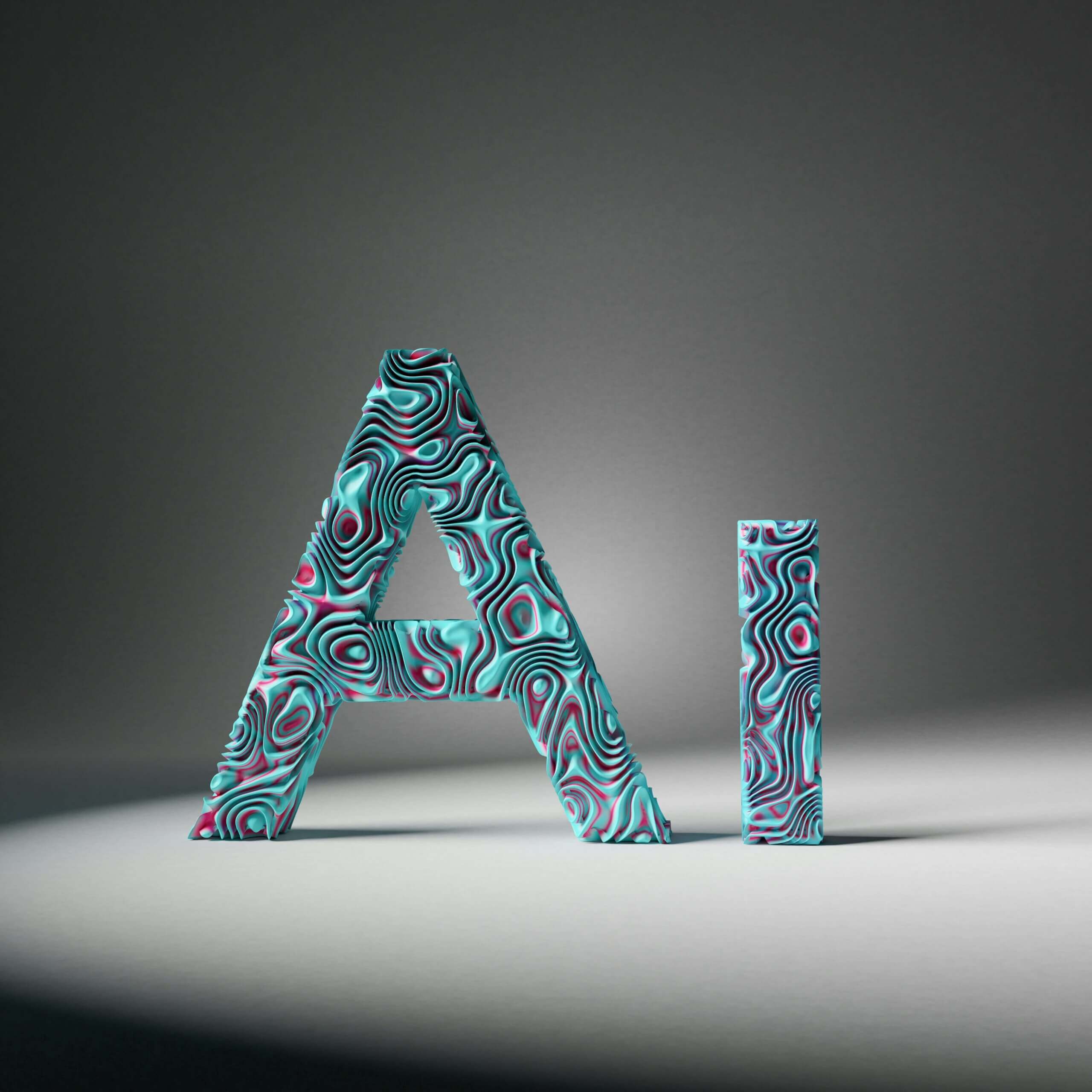Artificial intelligence (AI) is creeping its way into various industries and making a significant impact on businesses as it continues to grow.
From AI web development to AI-generated blog posts, we see different parts of business processes changing, and it will only go up from here.
As AI emerges and technologies advance, many companies are taking advantage of its greatest assets for improved efficiency, customer relationship enhancement, and lightning-fast insights.
As you navigate through Q4, it is crucial that you explore how AI is shifting in web development, content creation, personalization, and beyond. Here are all the game-changing developments and anticipated trends you can expect.
The Hottest AI Trends For Modern Businesses In 2023
1. AI web development
AI web development utilizes no-code or low-code AI, helping users to create websites and apps without extensive coding knowledge. These platforms leverage intuitive interfaces, pre-built templates and drag-and-drop functionality to enable more people to participate in AI web development.
Aside from AI web development, some companies can use it in existing workflows such as form filling, invoicing and contract validation. Additionally, some platforms are now offering advanced customization options, allowing users to tailor AI models to their specific needs.
AI-powered automation in these platforms is simplifying the development process. As we embrace low-code, no-code AI, we democratize access to AI, enabling innovation at an unprecedented scale. In fact, Gartner estimates that 80% of people will use low-code development tools by 2026.
Utilizing these tools may help you achieve your business goals faster than traditional methods in Q4. Consider which tools align with your processes and objectives. Low-code and no-code come at a substantially lower cost, and many developers are already using them to speed up their productivity.
2. Creative or generative AI
Generative AI is a subset of machine learning that uses algorithms to generate new content, be it text, music, images, video, or other data types. These AI models can generate highly sophisticated, unique outputs, opening up vast new possibilities for businesses. From creating personalized marketing content to designing custom artwork, including tools like an AI tattoo maker, the applications are diverse and expanding rapidly. As technology continues to evolve, businesses are increasingly leveraging generative AI to stay competitive and innovate in their respective fields.
As we move into Q4, you can expect to see a greater influence of generative AI. This means you will see a rise in the use of creative AI such as HIX.AI for long-form article content creation, from marketing campaigns to graphic design, all tailor-made to individual preferences.
One of the most notable developments is the advancement in text-generating AI models. For instance, GPT-4, Open AI’s latest text-generating model, has shown significant progress in generating human-like text. There has recently even been an influx of books on Amazon’s KDP (Kindle Direct Publishing) platform that are written with the help of OpenAI ChatGPT
While it is able to mimic conversational dialogues and produce written content, this tool does have its limitations, such as providing the wrong information or nonsensical sentences. Therefore, auditing ChatGPT’s outputs will be necessary to prevent the spread of misinformation.
Another example of an AI tool is DALL-E for auto-generating graphics or 3D models. DALL-E can create new images from existing ones using prompts, or users can add more and delete parts of a photo until it suits them. A tool like this can be useful for streamlining design processes and boosting productivity.
3. AI in cybersecurity
AI is playing an increasingly essential role in detecting and responding to cybersecurity threats. It has the ability to predict potential attacks, making it a powerful tool for defense. However, the downfall of AI is that hackers can take advantage of it to deploy their own attacks on businesses of all sizes.
In Q4, there will be a continued emphasis on AI-enhanced cybersecurity. Given the escalating sophistication of cyber threats, using AI for real-time threat detection and prevention will be key. This includes the deployment of AI for network analysis, anomaly detection, and automated responses.
Machine learning is also advancing for proactive threat hunting, which is a method that goes beyond traditional reactive measures. AI-powered cybersecurity has also enhanced analytics platforms, offering an integrated real-time approach to viewing cyber threats.
Organizations should consider integrating AI into their cybersecurity to save themselves from falling behind the curve and keep negative impacts at bay. Otherwise, Q4 could be a potential for disaster as more hackers weaponize AI to discover vulnerabilities.
4. Personalization with AI
AI has become a key player in personalization, helping brands tailor user experiences to individual needs. As AI analyzes data and recognizes patterns, you can use these insights to create personalized suggestions or services to improve the shopping experience.
This trend is highly likely to continue, especially since 80% of users have had positive experiences interacting with a chatbot. However, chatbots still need significant tweaking, as 36% of consumers believe their accuracy needs improvement.
Personalization in AI is also expected to grow in the workplace. AI tools are becoming useful in improving engagement for team collaboration and communication and workplace learning and development. However, some concerns about bias continue to exist among companies. Nevertheless, companies are using AI and seeing improvements in productivity and believe automation will be helpful in decision-making.
To offer personalized virtual shopping and employee experiences, consider the integrations of AI in your business processes. Companies are utilizing it across various sectors, and for you to keep up with the competition, you will need this technology to create more engaging and tailored experiences.
Moving Forward With AI Innovations
It’s evident that AI is greatly influencing the creative and technological sides of the business and will redefine your goals as you plan for Q4. Consider the ways AI can make a difference in your company — whether in AI web development, content creation, cybersecurity, and personalization in marketing and the workplace. Embracing these advancements will be key to staying ahead and boosting operational efficiency.





